Capcom To Censor ‘Capcom Fighting Collection 2’, Will Alter “Some Stage Visuals” And “Certain Visuals During The Story” Of Featured Titles
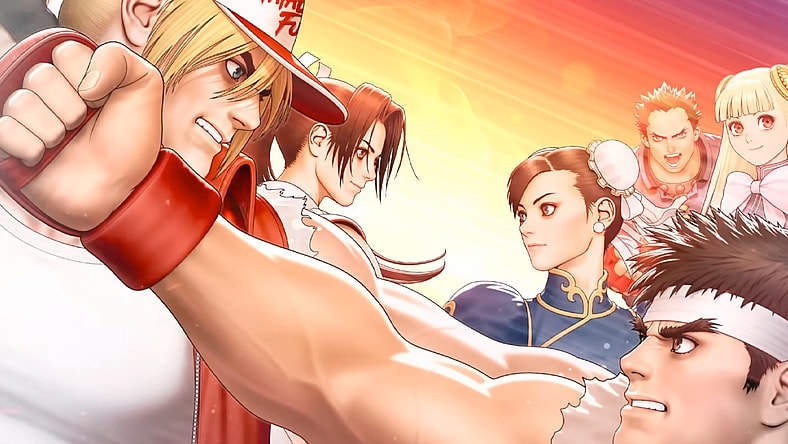
In keeping with their ongoing deference to ‘modern audiences‘, Capcom has confirmed that nearly every title set to be included in their newly announced Capcom Fighting Collection 2 will be subjected to some form of visual censorship.

Revealed to the public on the morning of August 28th by way of that day’s Nintendo Partner Showcase, the second entry in the Capcom Fighting Collection series is set to bring eight of the titular developers’ best fighters – Capcom vs. SNK PRO, Capcom vs. SNK 2, Capcom Fighting Evolution, Street Fighter Alpha 3 Upper, both Power Stone outings, Project Justice, and Plasma Sword: Nightmare of Bilstein (JP: Star Gladiator 2: Nightmare of Bilstein) – to modern hardware.
Unfortunately, while the the collection looks to be retaining every bit of each title’s signature gameplay, the same cannot be said of their art directions.
Taking care to avoid revealing the collection’s censorship during the aformentioned Partner Showcase, Capcom instead hid the news on the game’s official website, burying the details at the bottom of each affected title’s individual profile page.
According to said pages, as a result of these changes:
- Capcom vs. SNK, Street Fighter Alpha 3 Upper will have “some stage visuals altered”, with Plasma Sword likewise seeing changes to “the appearance of certain stages.”
- Power Stone, Project Justice, and Plasma Sword will see edits made to “certain visuals during [each games’] story”.
- Capcom Fighting Evolution will drop “some character transformations from Demitri’s Midnight Bliss.”
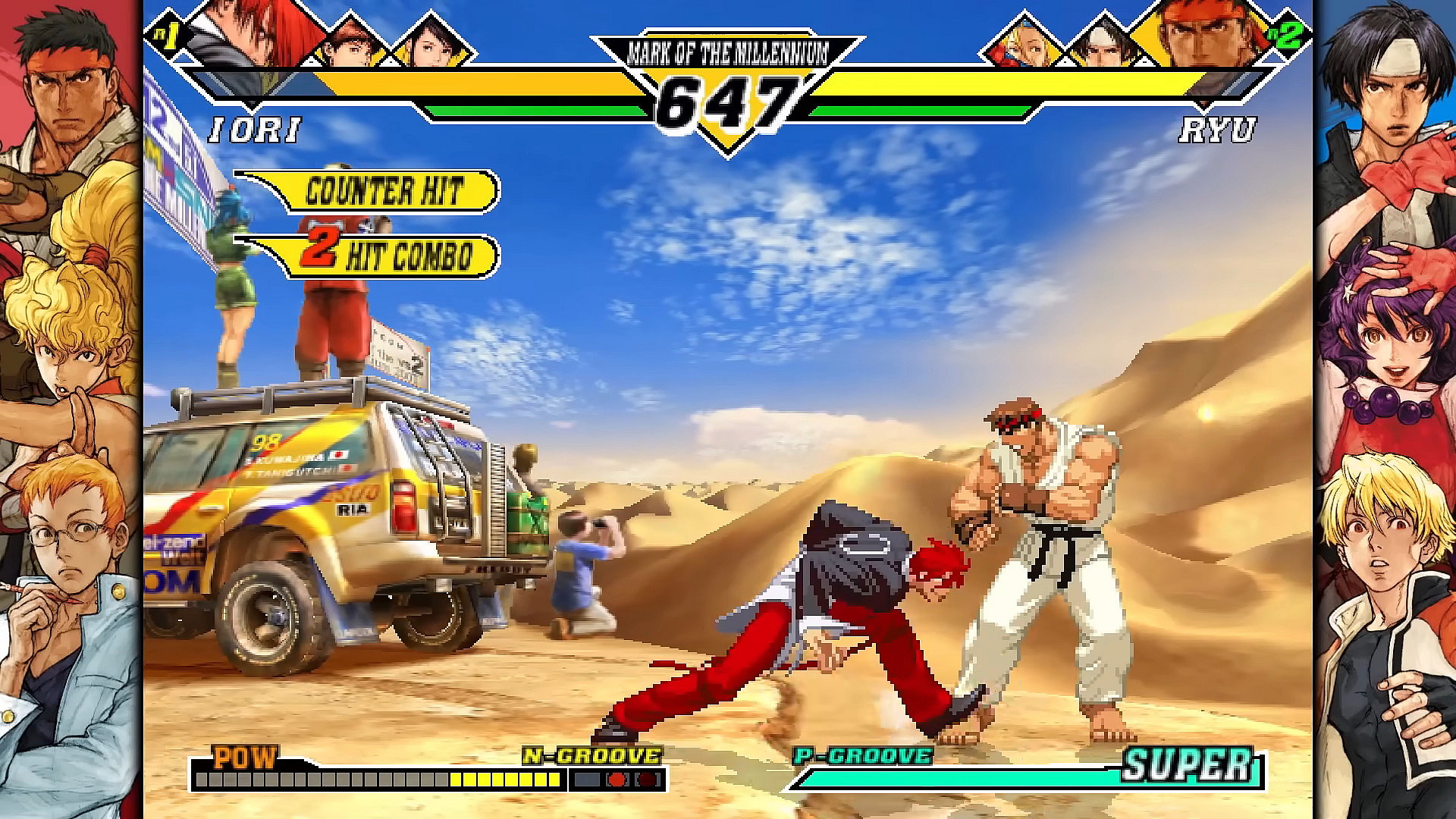
As of writing, Capcom has not provided any specific details as to which exact visuals they will be altering, nor why they have chosen to do so.
However, given what topics ‘modern audiences’ currently consider taboo, speculation suggests that the offending content includes:
- Capcom vs. SNK: Admittedly the hardest one to place, most of the stage visuals in this crossover fighter are genuinely harmless. However, if one had to chance a guess, it may be the female cocktail waitress who continually strides across the game’s Pao Pao Cafe, South Town stage that drew Capcom’s ire
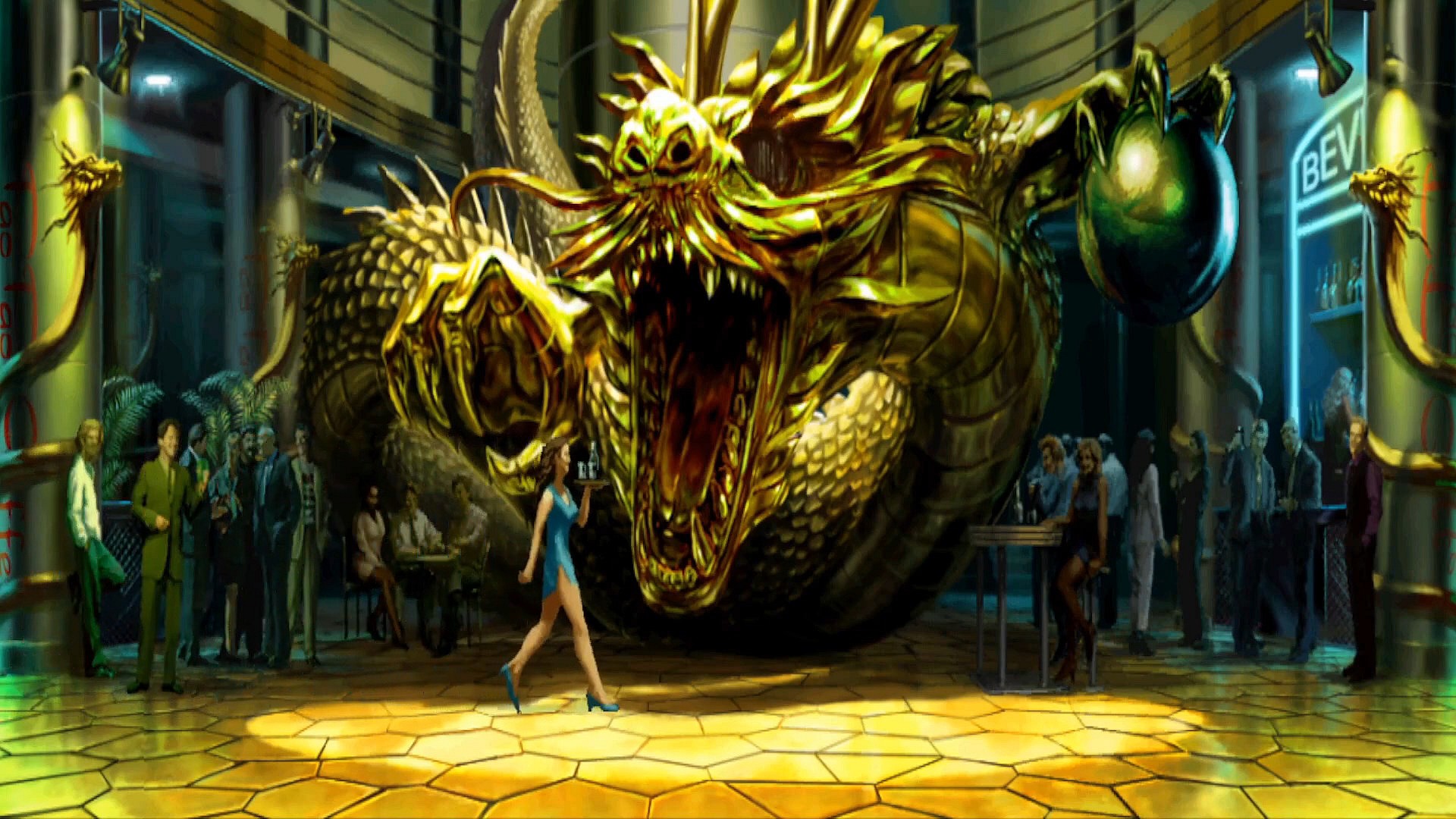
- Street Fighter Alpha 3 Upper: The three women seen sitting poolside in Ken’s Hotel Masters, USA stage and the two dancers seen in Balrog/Mike Bison’s Las Vegas, USA stage.
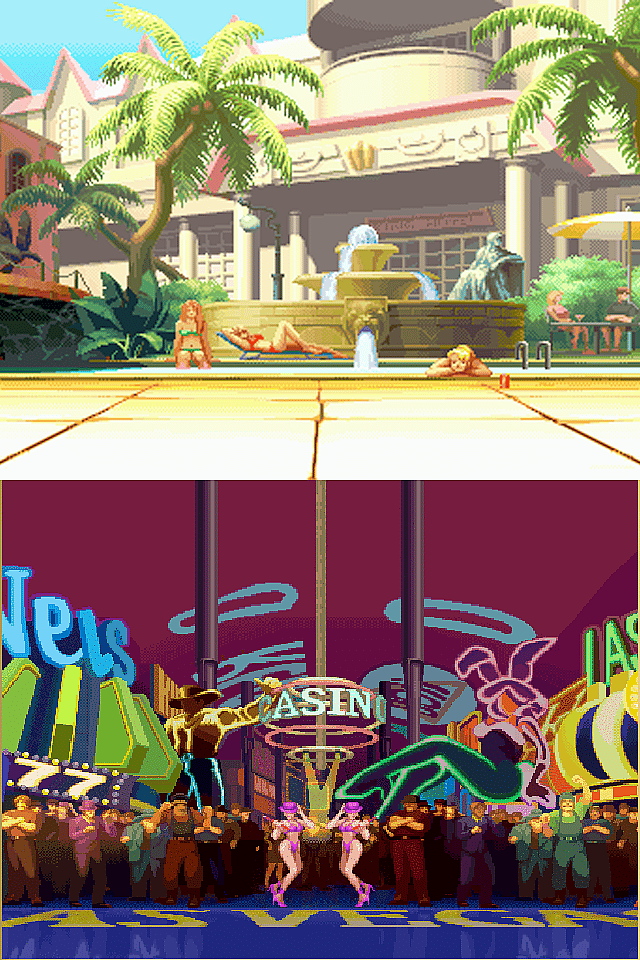
- Power Stone: Rogue’s risqué appearance, as seen through various characters’ stories, as well as the stereotypical depiction of Galuda’s Native American peoples in his ending.
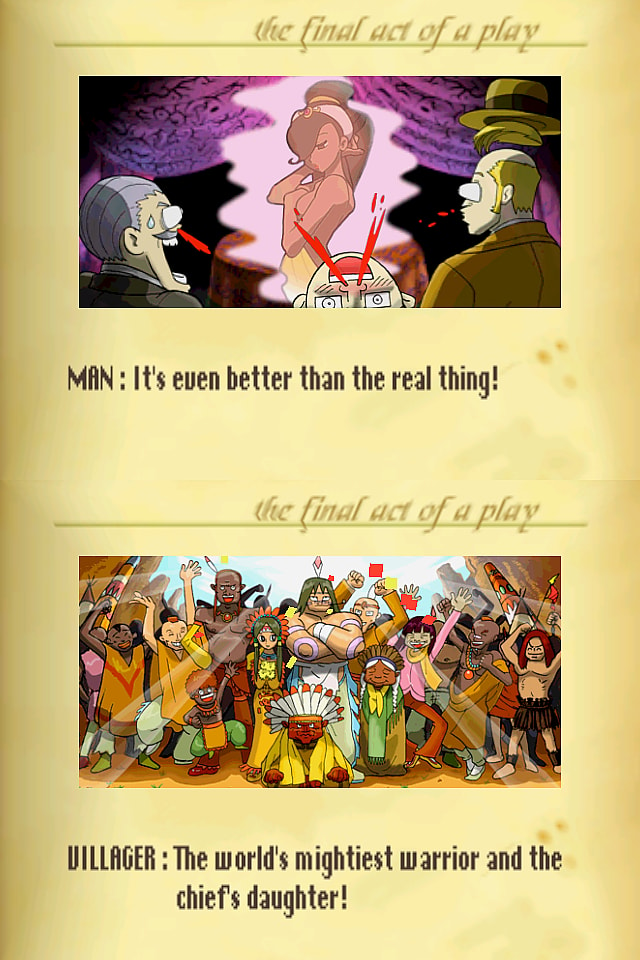
- Project Justice: Say good-bye to the buxom appearance of the American-born Tiffany Lords, who will likely have all of her story-specific images covered up upon the collection’s release.
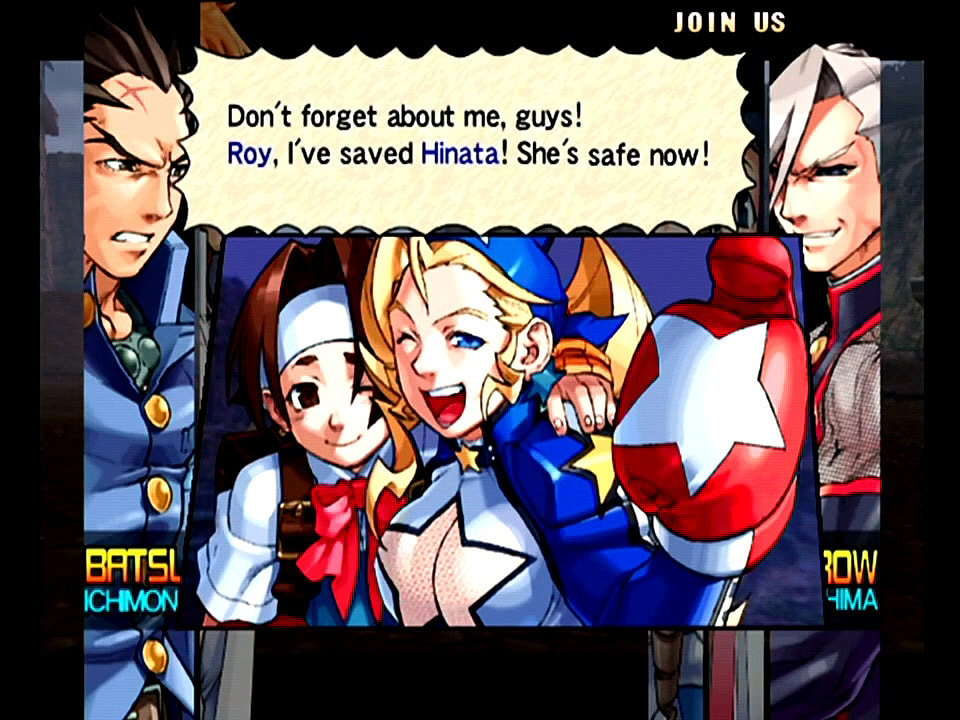
- Plasma Sword: The ‘leggy’ battle appearance of Claire, as well as Luca’s overall skin-heavy appearance and the odd, panties-clad appearance of Gore’s altered teenage-self, as seen in Luca’s ending. In regards to its stage, it seems a stage depicting a heavily-ravaged Japan may be edited out of respect for the victims of the 2011 Tōhoku earthquake.
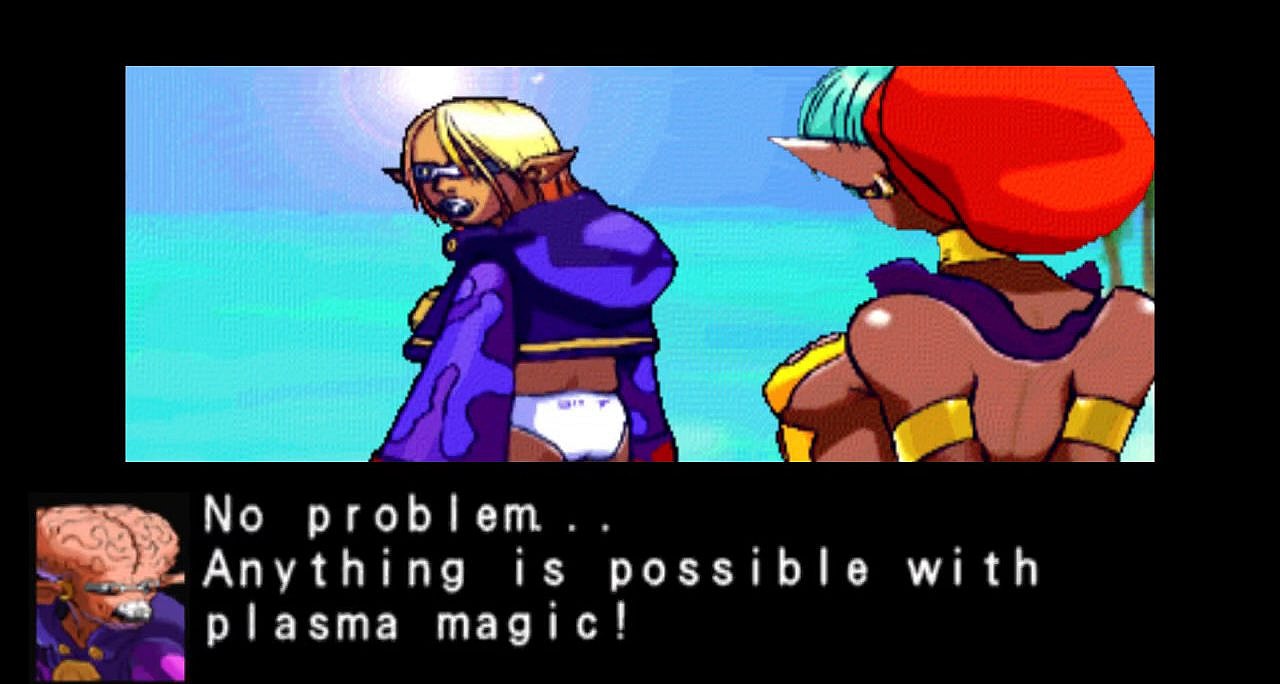
- Capcom Fighting Evolution: For those unfamiliar with the move, Demitri’s Midnight Bliss allows the Darkstalkers series mainstay to finish a match by turning his opponent into a ‘sexy’ – and if male, gender-swapped – version of themselves. Given that only “some” transformations are being cut, it’s likely those targeted were Guile (who turns into a blonde-haired pin-up girl) and Urien (who turns into a young woman wearing nothing but a traditional Japanese mizuhappi and shimekomi fundoshi). However, the cuts may also include/be limited to Rose’s secret transformation into Enya the Hag from Capcom’s JoJo’s Bizarre Adventure: Heritage for the Future, as the studio no longer has the rights to use the character.
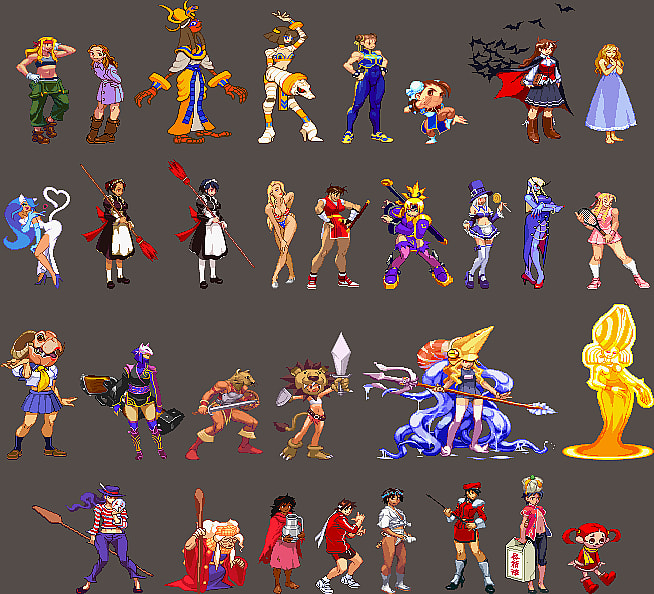
At current, the Capcom Fighting Collection 2 has yet to receive an official release date.
NEXT: ‘Marvel Vs Capcom Fighting Collection’ To Remove “Some Images” From ‘The Punisher’ Arcade Ending
